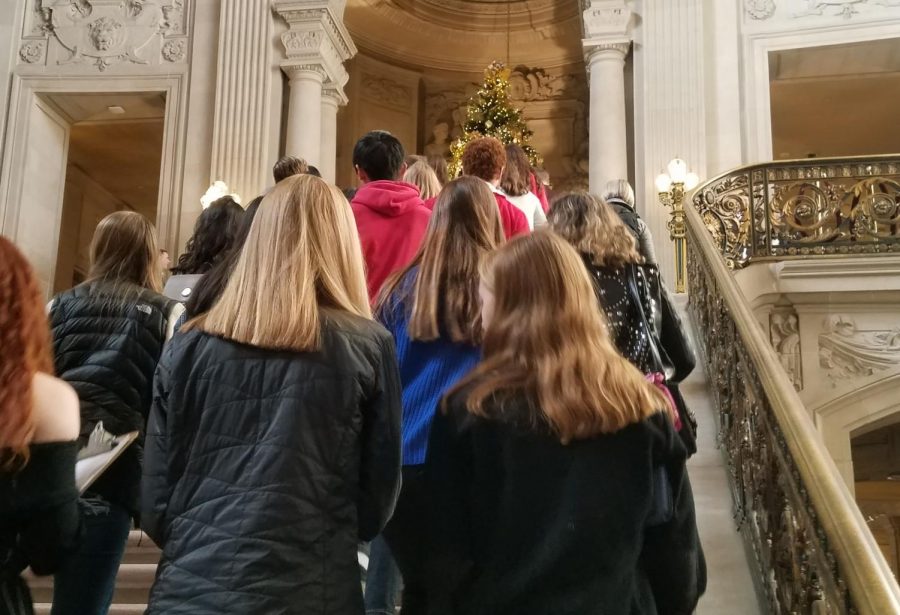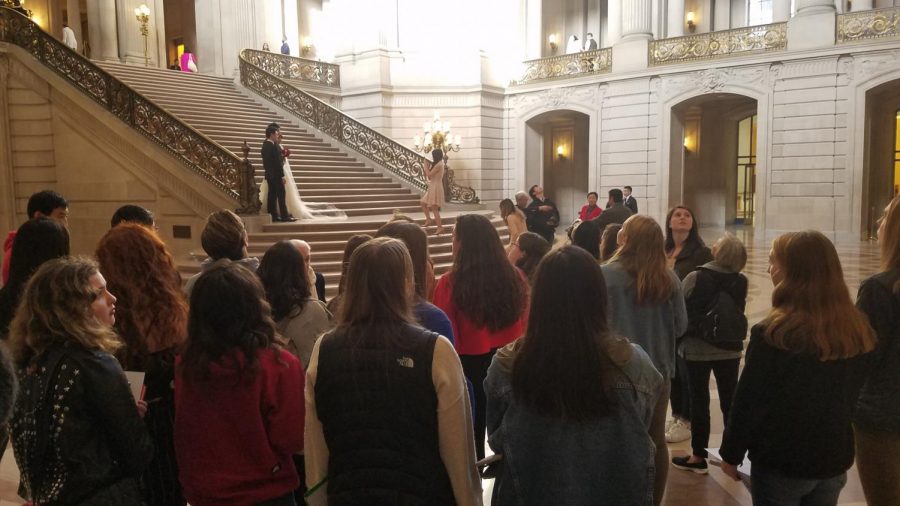Art History Offers Appreciation for Diverse Cultures
January 9, 2019
Imagine another dreaded trip to the museum: the aimless walk and pause in front of each art piece, the blank stare at a white canvas with a single red streak, the curiosity about what the person next to you is writing in their notepad.
We may struggle with our appreciation of visual art because interpreting it is difficult. There is no obvious plot to follow, words to read, or clearly articulated context for works older than written languages.
The way to learn how to appreciate visual art is to take AP Art History.
That’s right, Campo has an AP Art History (APAH) class, and I am a better person for having taken it.
Art history is the academic study of the development of painting, sculpture, and the other visual arts. So far, APAH has covered art history of cultures as diverse as the ancient Incan to the Chokwe civilizations. This is a welcome to traditional history classes at Campolindo that focus on Western Civilizations.
APAH explores the origins of human culture and addresses the rather exciting reality that human beings are the only organisms on the planet to produce art.
APAH instructor Molly Kerr believes that the diverse content allows for a truly global study of human culture. “You get a snapshot of different civilizations and regions all throughout the world,” she said.
Its hands-on, too. During the unit on Africa and Oceania, students spent time creating their own versions of the traditional masks worn in these regions.
And all of this content becomes the basis for a more informed appreciation. Wouldn’t it be cool to go to a museum and actually know what’s on the wall?
If you are not already an avid museum frequenter, than this course is also an opportunity for you to check out what you’ve been missing. APAH has plenty of field trip opportunities throughout the year to various local art meccas.
In late December, students take a trip to San Francisco and visit The Asian Art Museum, Grace Cathedral, and City Hall. Students who travel abroad over winter or spring break are also better prepared to enjoy the culturally significant art and architecture they encounter.
Living in the Moraga “bubble” makes the APAH opportunity even more important. I say, burst that bubble by becoming art literate.

